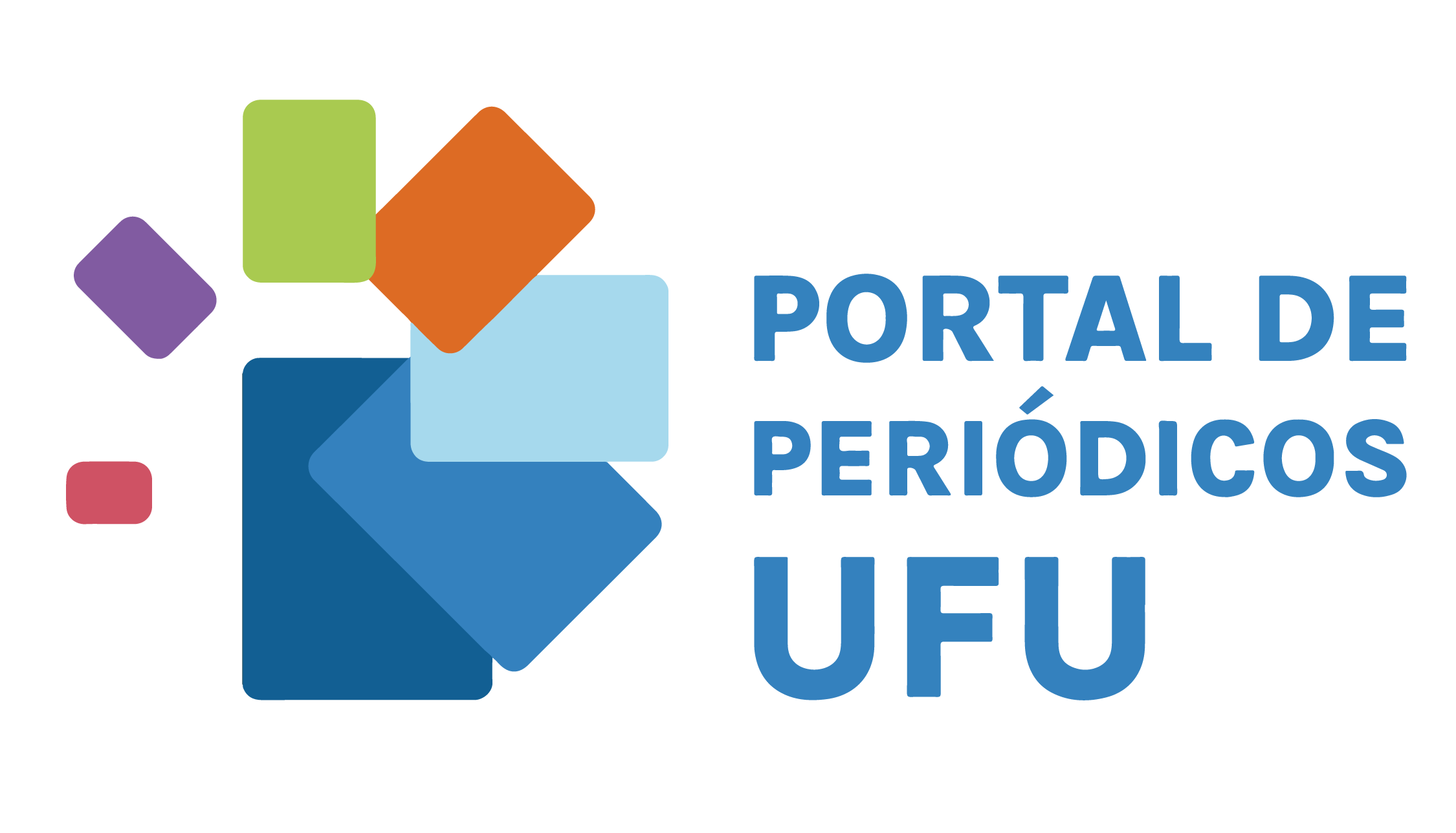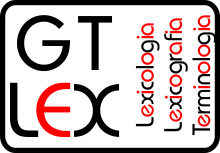The role of lexicon in understanding Sign Languages
DOI:
https://doi.org/10.14393/Lex-v9a2023/24-12Keywords:
Lexicon, Sign Languages, Comprehension, DeafnessAbstract
This study investigates the role of lexicon in understanding sign languages, highlighting its importance for the development of educational and communication strategies for deaf individuals. The research reviews the literature on lexicon and sign languages, exploring theories of lexical acquisition and previous empirical evidence. Using a methodological approach that combines linguistic and psycholinguistic analysis, data were collected from deaf participants fluent in sign languages. The results reveal that the lexicon plays a fundamental role in sign language comprehension, directly influencing communication effectiveness and access to information for deaf individuals. The discussion emphasizes the importance of considering the lexicon in formulating inclusive language and educational policies. It is concluded that a better understanding of lexicon in sign languages can significantly contribute to promoting equal opportunities and empowering deaf communities.
Downloads
References
BENSMAN, S. J.; WILDER, E. I. Bibliometric benchmarking of databases: Web of Science, Scopus, and Google Scholar. Journal of the American Society for Information Science, v. 59, n. 11, p. 1719-1728, 1998.
BLOOMFIELD, L. Language. Holt, Rinehart and Winston, 1933.
BÖRSTELL, C. Compreensão lexical em línguas de sinais: evidências de quatro línguas de sinais. Revista Internacional de Pesquisa em Línguas de Sinais, v. 1, n. 1, p. 45-62, 2023.
BRENTARI, D. Sign language phonology: Issues in phonological structure. In: BRENTARI, D. (ed.). Sign languages. Cambridge: Cambridge University Press, 2010. p. 181-216. DOI https://doi.org/10.1017/CBO9780511712203
BRENTARI, D. Sign languages: A Cambridge language survey. Cambridge: Cambridge University Press, 2010. DOI https://doi.org/10.1017/CBO9780511712203
BURNHAM, J. F. Scopus database: a review. Biomedical Digital Libraries, v. 3, p. 1, 2006. DOI https://doi.org/10.1186/1742-5581-3-1
EMMOREY, K. Language, cognition, and the brain: Insights from sign language research. Lawrence Erlbaum Associates, 2002. DOI https://doi.org/10.4324/9781410603982
FLICK, U. Introdução à pesquisa qualitativa. 3ª ed. Artmed, 2009.
GIL, A. C. Como elaborar projetos de pesquisa. Atlas, 2002.
HARZING, A.-W.; ALAKANGAS, S. Google Scholar, Scopus and the Web of Science: a longitudinal and cross-disciplinary comparison. Scientometrics, v. 106, n. 2, p. 787-804, 2016. DOI https://doi.org/10.1007/s11192-015-1798-9
JOHNSTON, T. Lexical Variation and Change in British Sign Language. PhD Thesis, University College London, 2011.
LIDDELL, S. K. Grammar, Gesture, and Meaning in American Sign Language. Cambridge University Press, 2003. DOI https://doi.org/10.1017/CBO9780511615054
LIPSCOMB, M. PubMed: clinical questions, retrieved literature, and the full-text problem. Journal of the Medical Library Association, v. 88, n. 4, p. 467-469, 2000.
LYNCH, C.; LIPPINCOTT, J. Institutional repositories: Essential infrastructure for scholarship in the digital age. ARL: A Bimonthly Report, n. 232, p. 1-7, 2005.
LYONS, J. Semantics (Vol. 1). Cambridge: Cambridge University Press, 1977.
MARSCHARK, M. Raising and educating a deaf child. Oxford: Oxford University Press, 1997.
MAYBERRY, R. I. Cognitive development in deaf children: The interface of language and perception in neuropsychology. In: KAIL, R. V. (ed.). Advances in child development and behavior, vol. 30, p. 127-156), Academic Press, 2002.
MEIER, R. P. Language acquisition by deaf children. American Scientist, v. 90, n. 4, p. 322-329, 2002.
NEWPORT, E. L. Maturational constraints on language learning. Cognitive Science, 14(1), 11-28, 1990. DOI https://doi.org/10.1016/0364-0213(90)90024-Q
PADDEN, C.; RAMSEY, C. American sign language and reading ability in deaf children. In: CHAMBERLAIN, C.; MORFORD, J. P.; MAYBERRY, R. I. (ed.). Language acquisition by eye. Mahwah, NJ: Lawrence Erlbaum Associates, 2000.
PADDEN, C. Sign language geography. In: PFAU, R.; STEINBACH, M.; WOLL, B. (ed.). Sign language: An international handbook. Mouton de Gruyter, 2010. p. 591-608. DOI https://doi.org/10.1093/acprof:oso/9780199732548.003.0001
PADDEN, C. The Contribution of Sign Language Research to Linguistic Theory. Annual Review of Applied Linguistics, 33, pp. 4-22, 2013.
QUADROS, R. M. O léxico da LIBRAS: algumas questões para reflexão. In: FERNANDES, E. (org.). Língua de sinais brasileira: estudos linguísticos. Porto Alegre: Artmed, 2004.
QUADROS, R. M.; KARNOPP, L. B. Língua de sinais brasileira: Estudos linguísticos. Editora Artmed, 2004. DOI https://doi.org/10.18309/anp.v1i16.560
SANDLER, W. The Bloomfieldian Sign Language: Historical Perspectives. In: PFAU, R.; STEINBACH, M.; WOLL, B. (eds.). Sign Language: An International Handbook (Vol. 1,). Walter de Gruyter, 2009. p. 23-42.
SANDLER, W.; LILLO-MARTIN, D. Sign language and linguistic universals. Cambridge: Cambridge University Press, 2006. DOI https://doi.org/10.1017/CBO9781139163910
SINGLETON, J. L. The ASL Lexicon. PhD Thesis, University of California, San Diego, 2005.
STOKOE, W. C. Sign Language Structure: An Outline of the Visual Communication Systems of the American Deaf. University of Buffalo, 1960.
SUTTON-SPENCE, R. The Linguistics of British Sign Language: An Introduction. Cambridge University Press, 1999. DOI https://doi.org/10.1017/CBO9781139167048
SUTTON-SPENCE, R. Lexical Change and Variation in British Sign Language. In: BRENTARI, D. (ed.). Sign Languages. Cambridge: Cambridge University Press, 2006. p. 587-597.
TOMASELLO, M. Constructing a language: A usage-based theory of language acquisition. Harvard University Press, 2003.
ULLMANN, S. Semantics: An Introduction to the Science of Meaning. Blackwell Publishing, 1957.
Downloads
Published
How to Cite
Issue
Section
License
Copyright (c) 2023 Denis Ramón Fúnes Flores

This work is licensed under a Creative Commons Attribution-NonCommercial-NoDerivatives 4.0 International License.
Autores que publicam nesta revista concordam com os seguintes termos:
CC BY-NC-ND 4.0: Autores mantém os direitos autorais e concedem à revista o direito de primeira publicação, com o trabalho simultaneamente licenciado sob a Creative Commons Attribution License que permitindo o compartilhamento do trabalho com reconhecimento da autoria do trabalho e publicação inicial nesta revista.
Autores têm autorização para assumir contratos adicionais separadamente, para distribuição não-exclusiva da versão do trabalho publicada nesta revista (ex.: publicar em repositório institucional ou como capítulo de livro), com reconhecimento de autoria e publicação inicial nesta revista.









